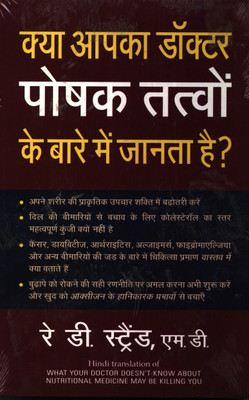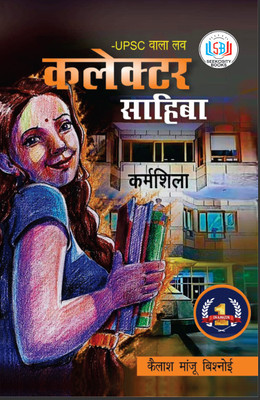
Pediatric Intensive Care Protocols Of AIIMS 8ed (Paperback, S K Kabra , Rakesh Lodha)
Share
Pediatric Intensive Care Protocols Of AIIMS 8ed (Paperback, S K Kabra , Rakesh Lodha)
4.3
53 Ratings & 1 ReviewsSpecial price
₹999
₹1,900
47% off
Coupons for you
T&C
Available offers
T&C
T&C
T&C
T&C
Delivery
Check
Enter pincode
Delivery by16 Aug, Saturday
?
if ordered before 2:59 AM
View Details
Highlights
- Binding: Paperback
- Publisher: Indian Journal Of Pediatrics
- ISBN: 9788195056026
- Edition: 8, 2024
- Pages: 937
Services
- Cash on Delivery available?
Seller
Description
One of the most remarkable advances in the care of children in India has been
the introduction of intensive care. Emergency rooms existed in all pediatric units
where immediate care was provided to sick infants and children. However, it was
realized that full ime in-ICU staffing and patient care will result in improved
outcomes for critically ill pediatric patients. The first unit to be set up in this frontier
area in India was at the All India Institute of Medical Sciences in Delhi in the
1980s. Initially the pediatric staff had to learr intubation from the
anesthesiologists, but practice soon made them even more skillful in resuscitation
procedures than their mentors. A review of the functioning of this intensive care
unit a few months later effectively demonstrated that many more lives were saved
which would otherwise have been lost.
Experts abroad have argued that countries with under-5 mortality rates above
40 or so should spend more money on primary care to reduce infant and child
mortality rather than establish intensive care units which admittedly are costly.I
have always believed this argument to be fallacious, simply because every child
who is ill deserves the best care that can be provided according to the local
resources. Moreover, in the cities in India the infant mortality and under-5 mortality
rates are sufficiently low that it is desirable to establish intensive care units
It is well recognized that a protocol-based approach is of great help in
improving the care of an acutely ill child. We at the Indian Journal of Pediatrics felt
that it would be advantageous to present the protocols that had been evolved
through years of experience and research at the AllMS. Professor Kabra and his
colleagues have succeeded admirably in putting together the protocols used in
Indian pediatric intensive care units. These have been designed to be used both
as a source of readily accessible information and as a concise yet comprehensive
summary of current knowledge and practice in intensive care. It is hoped that they
will assist clinicians in their daily practice. The editors have made every effort to
ensure that the protocols are clinically focused and evidence based. We deeply
appreciate their extraordinary efforts, their dedication, and their commitment to
excellence. It is hoped that the readers would find these protocols useful. We
would appreciate feedback from them so that future editions can be improved
upon.
Read More
Specifications
Book Details
| Publication Year |
|
| Award Year |
|
| Net Quantity |
|
University Books Details
| Stream |
|
| Specialization |
|
| Subject |
|
Ratings & Reviews
4.3
★
53 Ratings &
1 Reviews
- 5★
- 4★
- 3★
- 2★
- 1★
- 39
- 4
- 4
- 1
- 5
1
Waste of money!
Book not printed well .poor quality
READ MOREFlipkart Customer
Certified Buyer, Pudukkottai District
Oct, 2023
0
0
Report Abuse
Be the first to ask about this product
Safe and Secure Payments.Easy returns.100% Authentic products.
Back to top









